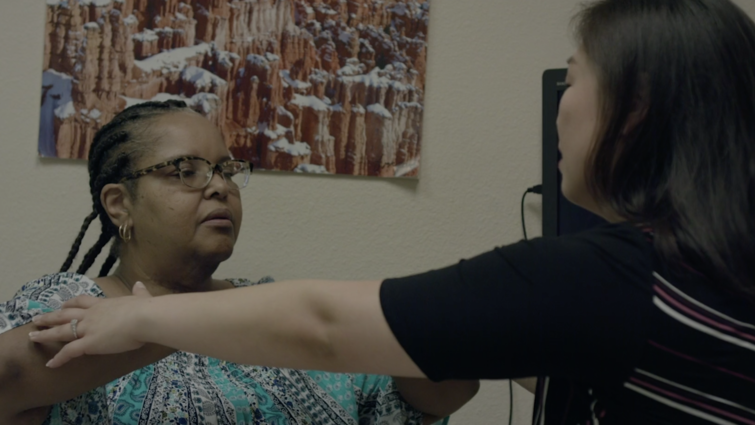
Esther Kim
Improving patients’ recovery from all types of spine surgeries is the focus of a new Enhanced Recovery After Surgery (ERAS) Spine Pathway protocol at Loma Linda University Health. By standardizing best practices and processes, the Neurosurgery Department’s internal study aims to reduce patient length of stay, narcotics use, and surgical site infections.
“Loma Linda’s mission is to look at whole-person care,” says Esther Kim, MD, spine surgeon and director of Clinical Quality and Outcomes for the Neurosurgery Department. “We’re not just doing the surgery and leaving patients to their own devices. We’re looking at all phases that affect the patient’s recovery process before hospitalization, during surgery, and postoperatively.”
Improving pre-operative care
Educating patients and families with consistent messages from all providers helps to alleviate confusion, anxiety, and fear, Kim says. That requires surgeons, anesthesiologists, nurses, pharmacists, and therapists to all be on the same page with the patient’s care plan.
During a pre-op assessment, a provider talks to the patient about nutrition, medication, pain issues, and wound care following surgery. “We provide nutritional supplements to boost the immune system and reduce GI discomfort,” Kim says. “We also set realistic expectations for patients about surgery initially worsening their pain and the importance of early mobilization after surgery.”
Kim notes that patients may have a light meal up to eight hours pre-op and are prescribed a nutritional supplement with carbohydrate loading three hours before surgery to help with glucose and thirst management during surgery.
Pain Management
The team uses a multimodal pain control regimen that does not solely rely on the use of narcotics for postoperative pain control.
“We have clear discussions with patients about weaning them off opioids as early as possible,” Kim says. “Patients have a lot of fear about pain control, but we reassure them there are other ways to manage pain.”
Strategies include giving acetaminophen pre-operatively, intraoperative adjuncts, and neuropathic pain agents.
Other Factors Contributing to Recovery
Patients receive instructions to follow cleansing protocols the day before surgery. To further minimize the risk of infection, they receive antibiotics during surgery and their glucose is managed intraoperatively and postoperatively.
Blood loss is controlled intraoperatively with standardized measures, including the use of intraoperative medications such as Transexamic acid, monitoring of fluid balance, and use of special equipment such as a cell-saver, when needed.
In addition, “early mobilization after surgery is key,” Kim says. “We set clear goals for patients on getting out of bed the evening of surgery, sitting, standing, and going to the bathroom. It gives people a sense of security to know what to expect.”
Although COVID-19 prevented a full launch of the study in 2020, Kim is optimistic about enrolling a significant number of patients in 2021. The team will follow patients in the study for six months postoperatively.
Kim is enthusiastic about the ERAS Spine Pathway. “Many small components of the protocol work together as an aggregate for optimal recovery. We’ll continue to make changes as the pathway develops,” Kim says. “We’re always trying to improve the process.”
More information about the neurosurgery team and the services they provide are available at lluh.org/neurosurgery.
